Breckland thyme (Thymus Serpyllum) it is a member of the mint family, Lamiaceae. Breckland thyme is a little shrub with great smell that grows in mat-like threads. The base of this plant’s stem becomes woody as it ages. July through August is when wild thyme flowers. Because the blue and baton blue butterflies exclusively lay their eggs on this particular plant-the breckland thyme-this plant provides extremely helpful nutrients for both caterpillars and butterflies.
The woody, creeping creeping thyme is a miniature evergreen. It is mainly grown as a decorative groundcover. Although the plant’s leaves have a strong perfume, cooking does not usually involve it. Its dimensions are 3 to 12 inches wide and 2-3 inches tall.
Description
Breckland thyme grows to a height of 5–15 cm. The stem has four edges and is creeping. The tips of upright flowering branches are nearly spherical and hairy, and they might be branched or unbranched at times. The zygomorphic flowers on this plant have a white purple hue.
Botanical Name:
Thymus Serpyllum
Family:
Lamiaceae
Leaves:
Round-tipped, elliptic leaves are 1/4 inch long, pubescent, and aromatic.
Flowers:
The flowers are bell-shaped, tiny, and tubular. They are roughly 4-6 mm (0.2-0.2 in) long and occur in lilac, pink-purple, magenta, or white hues. Clusters of flowers grow from June to September.
Fruit:
4-parted schizocarp
Stems:
The stems are woody, thin, and slither. They take root at the nodes, aiding in the plant’s growth.
Habitat:
Found growing on sandy-soiled heaths, rocky outcrops, hills, banks, roadsides, and riverbank sand banks, this plant is adapted to shallow soils.
Parts Used:
- Flowers
- Stem
- Roots
- Leaves
- Bark
Dosage:
- Powder – 1-2 grams
- Oil – 1-3 drops
Chemical Constituents
Thymol, Carvacrol, p-Cymene, γ-Terpinene, Linalool, Borneol, Caryophyllene
Other Language Names of Breckland thyme (Thymus Serpyllum)
German name – Thymian
Italian name – Timo
Russian name – Timyan
English name – Wild Thyme, Garden Thyme, Creeping Thyme
Arabic name – Satr, Zatr
French name – Thym
Scientific Classification
| Kingdom | Plantae |
| Subkingdom | Tracheobionta |
| Superdivision | Spermatophyta |
| Division | Magnoliophyta |
| Class | Lamiales |
| Family | Lamiaceae |
Medicinal Properties of Breckland Thyme (Thymus Serpyllum)
- Colic
- Sore throat
- Flu, cough and whooping cough
- Flatus
- Diarrhoea
- Bet wetting
- Arthritis
- Achy stomach
- Bronchitis
Breckland Thyme (Thymus Serpyllum) Uses
- Leaf paste is applied to the skin to relieve rashes (daad) and irritation (khujli).
- To relieve excessive joint pain and inflammation, a paste made of leaves combined with castor oil is applied to the affected joints (sandhishoth).
- Interstitial ulcers (antrikvarn) and chronic coughs (kahnsi, shwas, and whooping coughs; pure extract from this herb combined with vinegar and honey also works well for these conditions).
- Chyluria is treated using a decoction made from this herb, vinegar, and honey (lasikameh).
- Additionally, it works well for eye conditions (drishtidosha).
Breckland Thyme (Thymus Serpyllum) Benefits
Respiratory health:
Thyme has long been used as a remedy for bronchitis, coughs, and other respiratory issues. Thymol may aid in reducing mucous and clearing congestion.
Controls Blood Pressure:
Potassium, an important mineral that is necessary for the proper functioning of cells and bodily fluids, is abundant in thyme. It helps to keep blood pressure and heart rate within normal ranges. For hypertensive individuals, a cool cup of thyme tea lowers blood pressure and enhances blood flow.
Urinary tract infections:
Breckland thyme may have diuretic qualities, which means it may stimulate urination and perhaps aid in the removal of bacteria linked to UTIs.
Cures Cold and Cough:
Thyme tea, endowed with antiseptic and antibacterial properties, is an effective treatment for coughs and common colds. Additionally, the essential oil has potent antibacterial qualities and is mostly used to treat bronchitis and sore throats. Thyme oil’s carvacrol component aids in producing comfort from sore throats.
Skin conditions:
Breckland thyme is applied topically by some people to treat rashes and skin irritation. To validate this benefit, more study is necessary.
Also Read: Wild Indigo (Baptisia Australis) – Uses, Benefits & Side Effects
Breckland Thyme (Thymus Serpyllum) Side Effects
Digestive upset:
This is the most frequent adverse reaction, particularly when taking a lot of Breckland thyme. It may result in diarrhea, nausea, and stomach cramps.
Allergic reactions:
A thyme allergy may cause symptoms including rash, itching, swelling, or trouble breathing in certain individuals.
Dizziness:
Breckland thyme has the unusual potential to induce vertigo.
Skin irritation:
Breckland thyme when applied to the skin may irritate it, resulting in burning, itching, or redness.
Pregnancy and breastfeeding:
The safety of Breckland thyme (Thymus Serpyllum) for expectant or nursing mothers is not well studied. Unless your physician instructs you otherwise, it is advisable to avoid it.
Medications:
Certain drugs may interact with Breckland thyme. Should you be taking any medications, speak with your doctor prior to utilizing it.
Conclusion
Breckland thyme (Thymus Serpyllum) is a multipurpose, aromatic herb that has many culinary, medicinal, and therapeutic uses. Thyme is a well-known herb that has a remarkable profile of phytonutrients, vitamins, and minerals. It is also known to support heart health, improve skin and hair health, strengthen the immune system, and improve vision. Incorporate this restorative herb into your diet to get the rewards of ideal health and wellness.
FAQS
What is Thymus serpyllum used for?
As an antiseptic, anthelmintic, diuretic, tonic, expectorant, emmenagogue, sedative, anticholesterolemic, immunostimulant, and analgesic, it has been utilized in many traditional treatments.
What are the negative side effects of thyme?
It is customary to use thyme in meals. Short-term usage of thyme as medicine may be safe. In certain individuals, it may result in allergic responses, lightheadedness, and upset stomach.
What are the medicinal uses of Thymus serpyllum?
As an antiseptic, anthelmintic, diuretic, tonic, expectorant, emmenagogue, sedative, anticholesterolemic, immunostimulant, and analgesic, it has been utilized in many traditional treatments.

